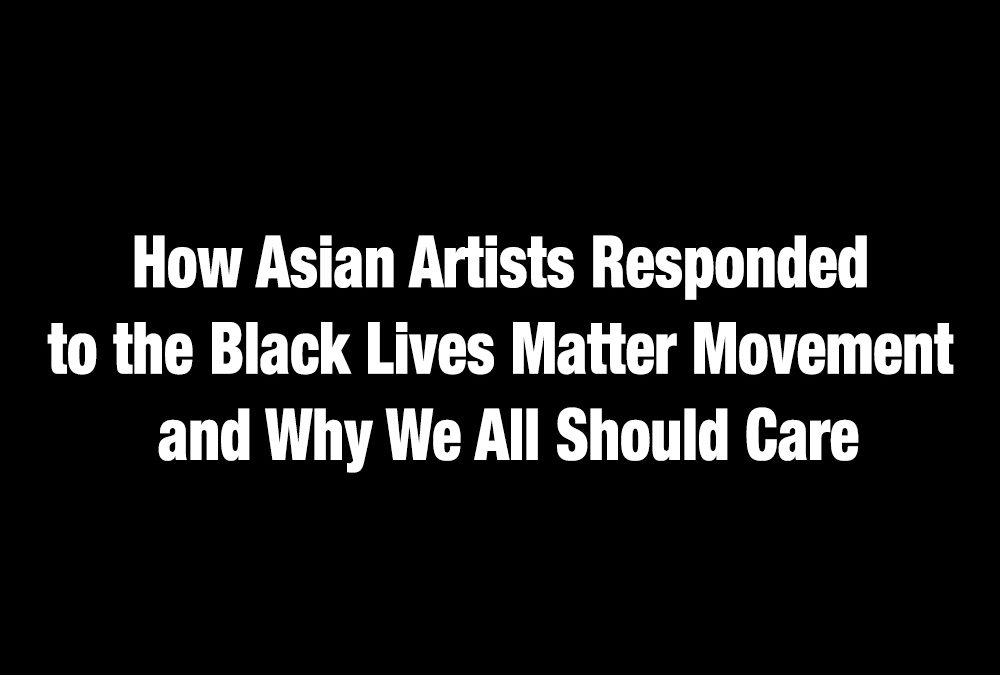May 25th, 46 year old George Floyd went into a grocery store in Minneapolis to buy a pack of cigarettes, a fairly ordinary activity that no one would have expected to lead to such tragedy. Suspecting the bill he used to be a counterfeit, employees at the store reported it to 911. A few moments later, Floyd was arrested by the police, and even though Floyd had already been handcuffed and had shown no signs of resistance, was restrained brutally on the ground with one officer placing his knee over his neck. Ignoring Floyd’s repeated pleas of ‘I can’t breathe’, Derek Chauvin kept his knee over Floyd’s neck. In 8 and half minutes, a life was lost.

Protesters outside Minneapolis Police Station.Photo from The Guardian
The death of the 46-year-old George Floyd has sparked national outrage and ignited protests in more than 75 cities across the United States. The first protest started on the 26th of May. After a few more local demonstrations, the situation soon escalated and became a national phenomenon. Apart from the U.S., protests have also surged in cities such as London, Paris and Berlin, demanding the U.S. government treat the crime seriously and put relevant police officers under investigation.

Protest in Paris.Photo from CNN News

Protest in London .Photo from the BBC News
Without taking away from the tragedy, Floyd’s death is by no means a rare instance. In 2014, Eric Garner died in police custody as a consequence to the chokehold one office put him in while arresting him. The death of Garner at the time evoked national outrage and gave raise to the substantial ‘Black Life Matter’ demonstrations against police brutality. Before Eric Garner, there was Trayvon Martin, Rekia Boyd, Michael Brown, Freddie Gray, and countless others. From the Detroit riots in 1967, to the Los Angeles riots of 1992, the Sanford riots in 2012, and the ‘Black Life Matter’ movement of 2014, demonstrations against racism and police brutality almost always led to ‘riots’ across the U.S. 70 years after the Black Civil Rights movement and various protests and fights for civil rights and equality, Black communities still face serious discriminations and structural racism in the U.S.
Responding to the tragedy, the music industry initiated a solidarity movement coined ‘Black Out Tuesday’, a day during which one stops oneself from their daily routine and reflect on steps one could take to help eliminate racism or support Black communities. The movement soon spread into the art world to normal social media users, resulting in a surge of black images over social media accounts, specifically on Instagram this past Tuesday.

Statement from Warner Records on Instagram. Screenshot of Warner Record’s Instagram post.
During this movement, many Asian artists and art collectives across the world have chosen to stand together with the Black communities and joined in this solidarity act. Just to name a few, there was Shanghai Community Radio, a live broadcast platform for subculture lovers in Shangha; Yes No Wave, a Jogja Netlabel from Indonesia; Singapore signer and artist Yeule; Berlin based producer and DJ Mobilegirl; Shanghai experimental club music label Svbklt; Easter Margins, a London based art space for East Asia music communities; Instagram artist Kickiyangzi; writer, photographer, and DJ Jex Wang aka Asiangirlfriend from Easter Margin syndicate; and many others.

Statement from Yeule on Instagram. Photo from Instagram

Svbkvlt Joining the Black Out Tuesday in support of the ongoing protests. Screenshot of their Instagram page

SHCR’s Supporting Poster Photo from Instagram

Yes No Wave joining the Black Out Tuesday solidarity act.Screenshot of their Instagram post
Openly or subtly, a clear message can be discerned from their posts: it’s time that Asian communities stand up for and stand together with Black communities against racism.
In her post on Instagram, producer and DJ Mobilegirl stated the point frankly and firmly. ‘Seeing this one Asian cop just standing idly and not intervening just represents so strongly the East Asian response to racism aganist Black (and Brown) people. […] If you can’t find the compassion in you (to care about the event) – let me appeal to your own existence. You need to lay off the idea that Asians have an equal place in society next to white people and that you can just turn a blind eye. They like to pick your brain but if you’re of no use to them? How have they been looking at you since COVID? The model minority is a lie. […] it’s more than time to stand in solidarity with Black people. […] Just thinking it’s fuck up is not enough. Be the change.’

Statement from Mobilegirl.Screenshot from Instagram
The same attitude can be found in Jex Wang’s post, who goes by the name Asiangrilfriend on Instagram. ‘So many of us are quick to jump on the new Beyoncé remix or the new Kendrick Lamar album and blast it through our speakers yet when injustices like George Floyd happens, we are silent. […] The racism our community exhibits can sometimes be as violent as what white supremacy has done and it is our responsibility to hold our own people accountable for it. […] In a racist society, it is not enough to not be non-racist, we must be anti-racist. ’

Jex Wang’s Open Letter to Asian Communities.Screenshot of Jex Wang’s Instagram page
Unfortunately, the attitude is not shared by everyone. After posting their supportive messages online, Asian artist and art collectives have received criticism, unfriendly accusations or insults, challenging their act of joining in on this solidarity movement. Some claims that this is a matter concerning only black people while others argues that this is an American issue that concerns only Americans.
I am not a fan of telling others what they should care about, and as an Asian, you might as well think that none of this is connected with you, but that is not true. The popular culture we enjoy today is deeply influenced by Black cultures. From hip-pop, R&B, jazz, funk, rock, to pop and even a lot of electronic music, we benefit from the culture created by black communities every day, and music is not the only area in which Black culture has influenced or even shaped modern life. We can also see the influence of Black culture in fashion, art and literature. For example, Kerby Jean-Raymond, the founder of fashion label Pyer Moss is considered to be the pioneer of street wears, whereas the Harlem renaissance, the intellectual and artistic explosion that started around 1920s in New York has presented the world with tons of amazing novelist, musicians and artists.
Asians have always been on the verge of relative silence in the ethnic resistance movements, which may be related to the cultural traditions of East Asian society. However, our accustomed attitude of “play safe” does not actually keep us out of business.
Here is a quote from a Chinese student who took part the protest in New York: “ The victims this time are blacks, and the next time they may be Asians——not to mention, at the beginning of the Covid-19 epidemic, the Asian identity has already appeared subtle in the United States. Who can guarantee that the next death by police ‘enforcement’ will not be us?”
Too often, we forget that we live in a world that has emerged out of historical events that we would now consider as brutal. As time goes by, history and its effect doesn’t just disappear as snow melt in the spring. They congregate and remain with us in a less obvious and more structural way. Silence doesn’t help change the situation, people do.

